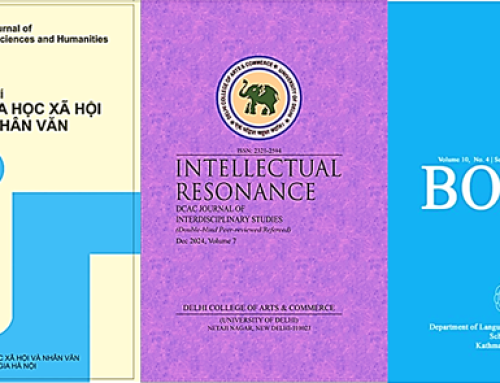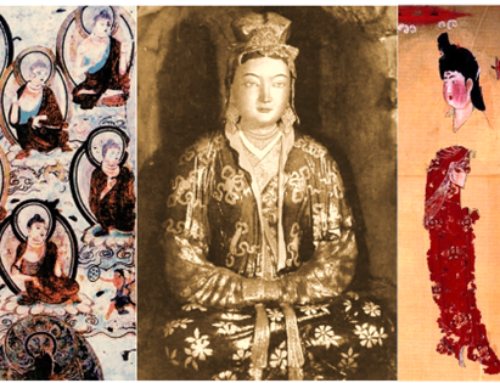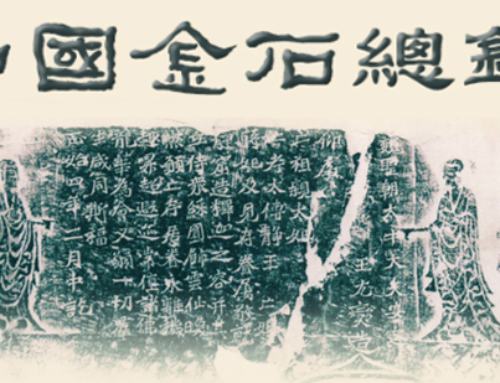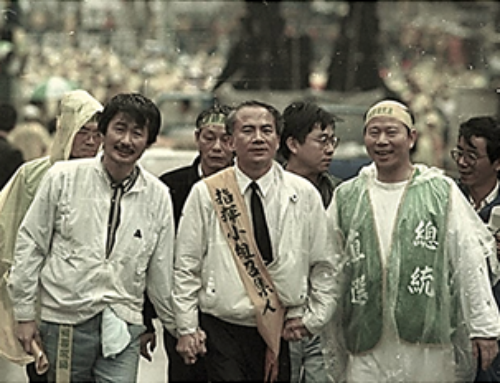Over the past 12 months of preparations, the United Digital Publications proudly announce that the National Palace Museum Journals Archive is officially online! Over the past 20 years, National Palace Museum Journals Archive is globally recognized as the crown jewels of Sinology in Taiwan with Academia Sinica’s journals. The 4-in-1 Archive inherits the full-text searchable feature and includes black-and-white to color picture functionality.
The archive consist of 4 databases—“National Palace Museum Bulletin,” “National Palace Museum Monthly of Chinese Art,” “National Palace Museum Research Quarterly,” and “National Palace Museum Quarterly.” For the depth of content coverage, we collect journals ranging from 1966 to the present. As a result, it consists of 923 issues, 7,850 articles, 75 million characters, 60,000 colour photos, and 20,000 artwork commentaries.
By partnering and officially authorized by National Palace Museum, United Digital Publications now digitizes these aesthetic classics to advocate Sinology’s beauty! Meanwhile, the English academic journal – National Palace Museum Bulletin, is also included inside the database. We want to highlight three unique features of the National Palace Museum journal archive:
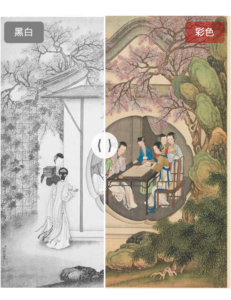
One-click to switch black-and-white pictures to colorful ones
Unlike the original journals’ black-and-white printing, pictures in each database are not only colorful and presented in high-resolution ones but able to be zoomed in/out by scrolling. This feature supports researcher to witness the beauty of original artworks without compromise on the scanning version.
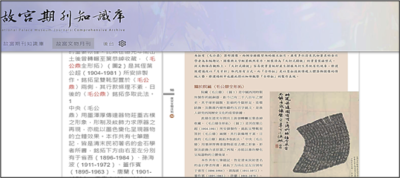
Keyword positioning feature improves your researching experience
Accommodating 11 products on the “Taiwan Academic Classics” platform, we built all the content in the “character” level of granularity. In other words, all contents are full-text and cross-databases searchable in one click. To provide you the best researching experience, we push the product a bit further. Researchers can quickly identify the keywords by leveraging the positioning button. By doing so, we equip your research with efficiency and precision.
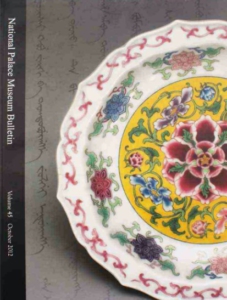
All English titles translated into Chinese
Since UDP aims to advocate the beauty of oriental cultures to the world, we translated all English articles and picture titles in National Palace Museum Bulletin and National Palace Museum Quarterly into Chinese! This effort opens another window to Sinology researchers globally and makes the contents more accessible for all types of readers.
Cultural relics’ stories to the general public
Besides the exclusive contents and features mentioned above, the general-version archive will include more advanced functions. For example, we will feature this version with the artwork commentaries along with original pictures in articles. Besides, some relevant videos and animations will also cover accordingly. Hence, all the above new add-ons make every reader enjoy the experiences of exploring the aesthetic world!
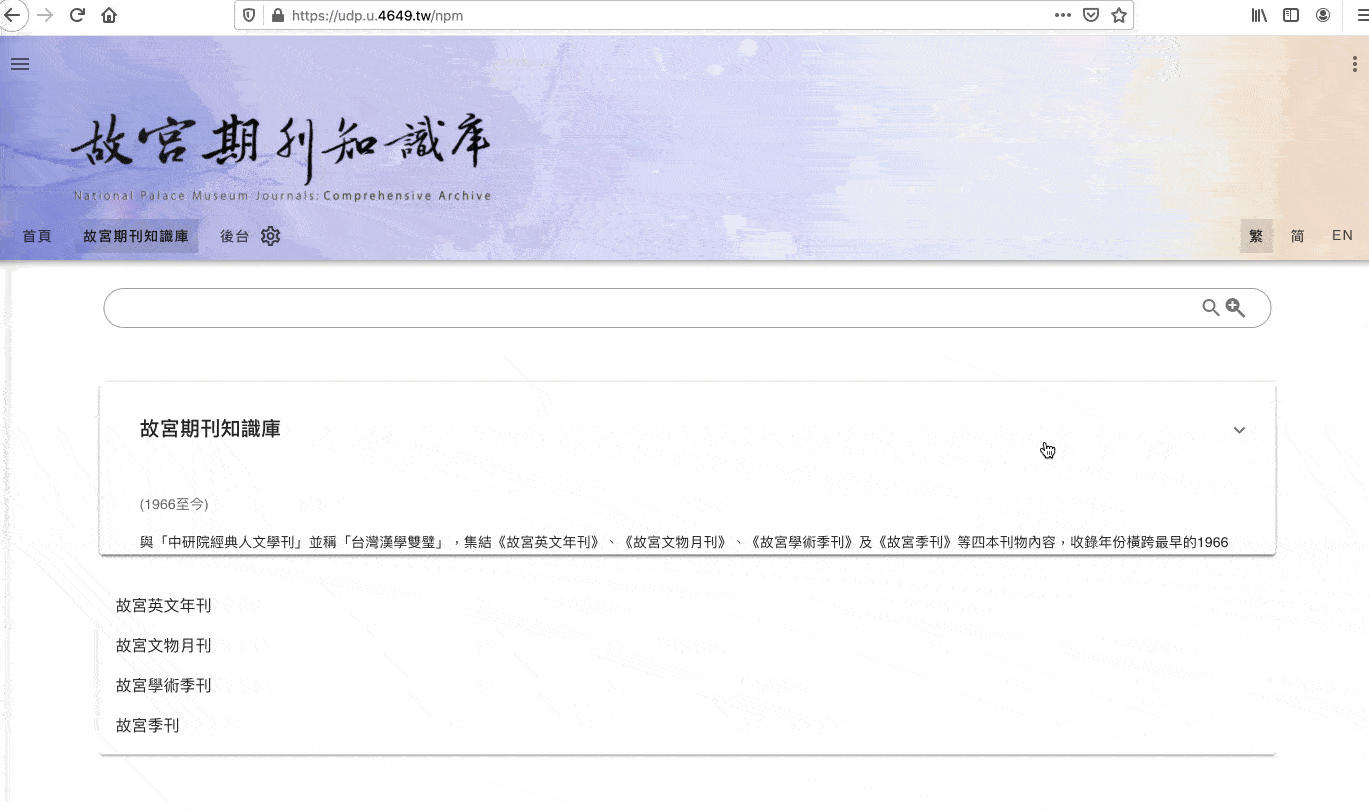
World-class aesthetic materials
Acclaimed as “the Chinese cultural treasure,” Taipei National Palace Museum collects the most significant Chinese gems and has been recognized as the most resourceful museum for Chinese culture. Meanwhile, it is also one of the most successful world-class museums who specializes in catering aesthetics economics by integrating high tech and cultural creativity.
Over the past years, Taipei National Palace Museum’s research fields catch people’s attention. Their research includes art, history, classical literature, cultural creativity, social education, information science, technology, museology, communications, management, tourism, international trade, law, politics, etc.
We welcome any institutions with interests in sinology, oriental culture, Chinese history to apply for a trial. For school teachers and parents, you are also our fundamental partner to advocate the literacy of Sinology for our next generations.
If you would like to apply for a trial or purchase the archive, please free to contact us without any hesitation: +886-2-2365-5908 or udp.webaa@gmail.com, Mr. Chung.


